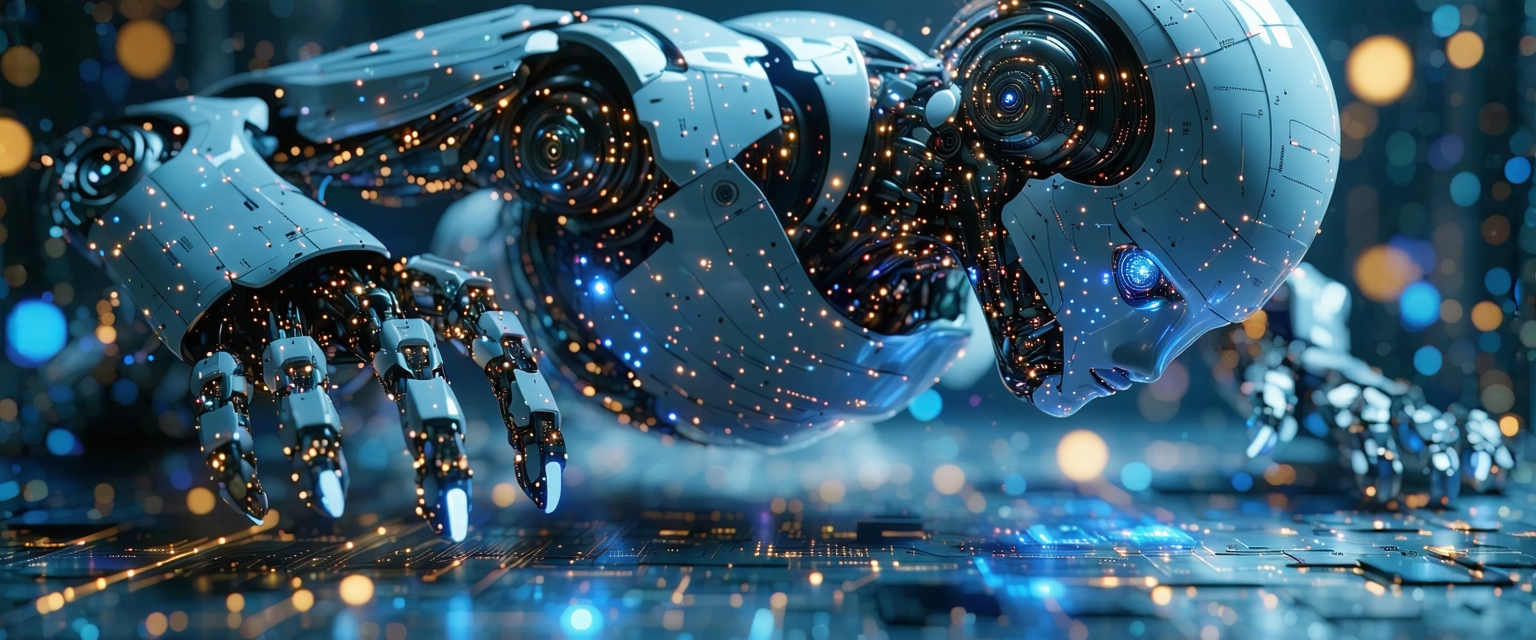






The field of robotics is experiencing a period of rapid advancement, driven by breakthroughs in artificial intelligence, machine learning, and materials science. New robots are demonstrating unprecedented dexterity, intelligence, and adaptability.
Traditional industrial robots were largely limited to repetitive tasks in controlled environments. Programming them for complex maneuvers or unpredictable situations was difficult and time-consuming. Recent years, however, have seen a surge in the development of more sophisticated robots capable of learning and adapting to changing conditions.
This progress is fueled by improvements in areas such as computer vision, enabling robots to “see” and interpret their surroundings, and advanced control algorithms, leading to smoother and more precise movements.
Several recent developments highlight the accelerating pace of innovation. Researchers at MIT have unveiled a robot capable of performing intricate assembly tasks, including inserting small parts with remarkable precision. This robot leverages advanced machine learning techniques to improve its performance over time, adapting its approach based on experience.
Elsewhere, advancements in soft robotics are leading to the creation of more flexible and adaptable robots, ideal for delicate tasks or interaction with humans. These robots, often made from pliable materials, are less likely to cause injury and can navigate complex and unstructured environments more easily.
These improvements have far-reaching implications across numerous sectors. In manufacturing, more agile robots can automate a wider range of tasks, increasing efficiency and productivity. In healthcare, robots can assist surgeons with complex procedures, enhancing precision and reducing recovery times.
Beyond industry, robots are finding applications in logistics, exploration, and even personal assistance, promising to reshape how we work, live, and interact with our environment.
The future of robotics is bright. Ongoing research focuses on developing more intelligent, autonomous, and collaborative robots. This includes efforts to improve robots’ ability to reason, understand natural language, and work safely alongside humans.
Ethical considerations, such as the potential displacement of human workers and the responsible use of AI in robotics, remain crucial areas for ongoing discussion and development.